8 Plants To Propagate In July – Grow Next Year’s Garden Favorites With These Summer Cuttings
Summer is a great time to make cuttings of your favorite plants if you want identical plants that are strong and healthy. Here are the essential plants to propagate in July
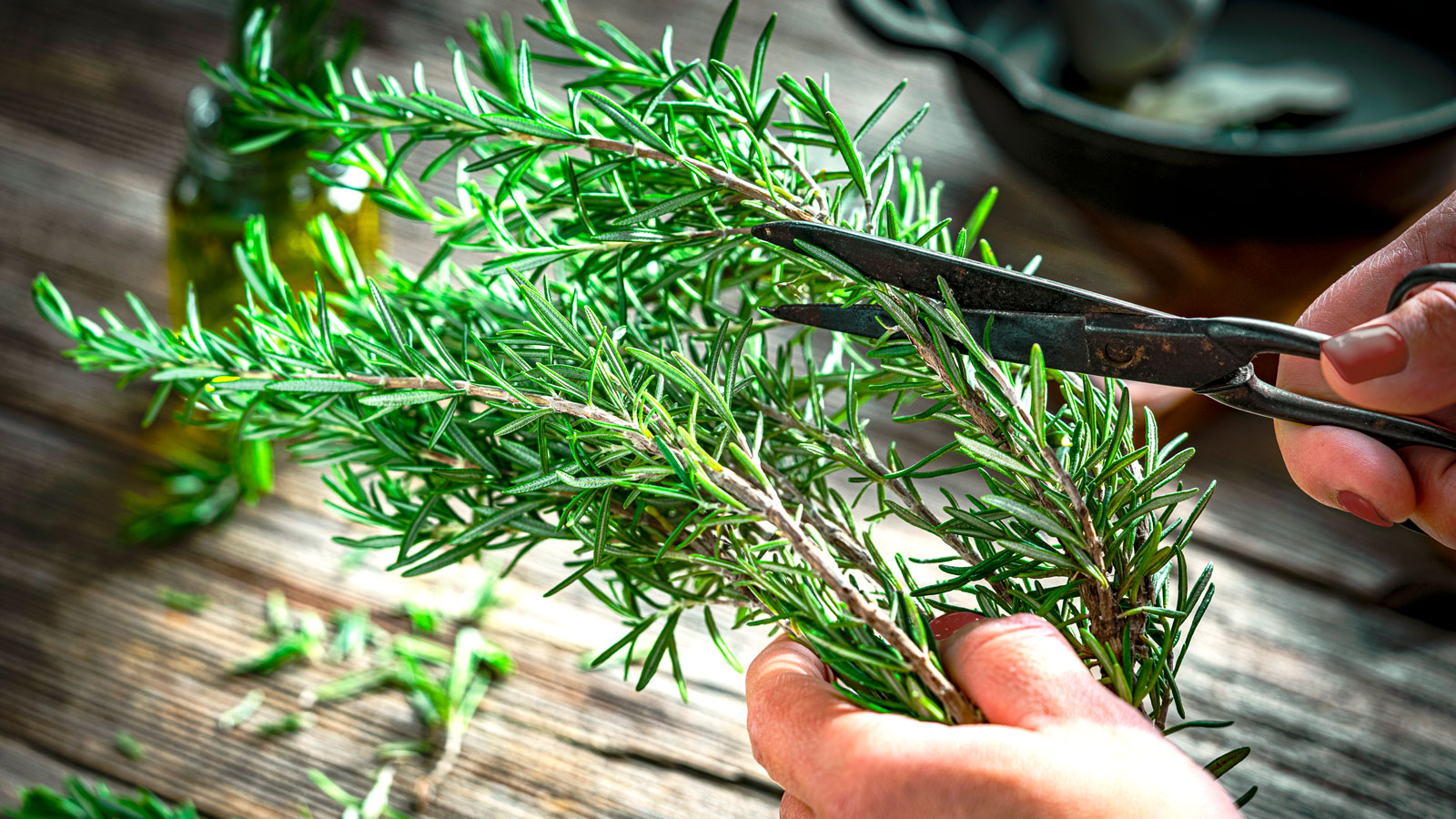

Amy Draiss
July is a seriously busy time in the garden, with plenty of watering, weeding, deadheading, feeding – and hopefully admiring your handiwork with a hard-earned drink. However, while you might not want to think too far ahead, selecting plants to propagate in July gives you the jump on next year while saving money into the bargain. Summer is a great time to start off offshoots and cuttings of your favorite plants and shrubs as an easy insurance policy for next year’s garden.
There are some genuinely enticing benefits to starting cuttings at this time of year. Many favorite plants are either in full bloom or flush with young growth, which makes them as robust and healthy as you could wish for in any new plants you need. And while it’s satisfying to grow from seed, being able to root plant cuttings is a sensible way of ensuring that your new plants match the originals exactly. So what are you waiting for? Grab your clippers, and kickstart the next additions to your yard.
July in the Garden for Cuttings
Hopefully you’re already making some timely cuts in the garden – since there are several key plants to prune in July. With that in mind, you can combine the workload for garden favorites in need of a timely trim. Some popular herbs, perennials and tenders will be prime for root cuttings as high summer approaches – as will key climbing plants and larger shrubs.
Depending on the type and size of your plant, and the extent of any pruning required, taking plant cuttings in July is as easy as tailoring some of the prunings into shape. Even if you aren’t pruning a lot, you should be able to find a couple of areas of your plant that can offer up some decent softwood or semi-ripe cuttings.
Just keep some basic cutting housekeeping in mind as you prep for your propagating tasks in July. Take cuttings early in the day, when plants tend to be perkier and more lush. Disinfect and rub down garden scissors, shears, pruners and snippers to remove the risk of contamination. And don’t be afraid to dip your cuttings in a rooting hormone compound, whether power or gel based. If you don’t have one, improvise with a little gel from a freshly harvested handy aloe vera leaf!
1. Lavender
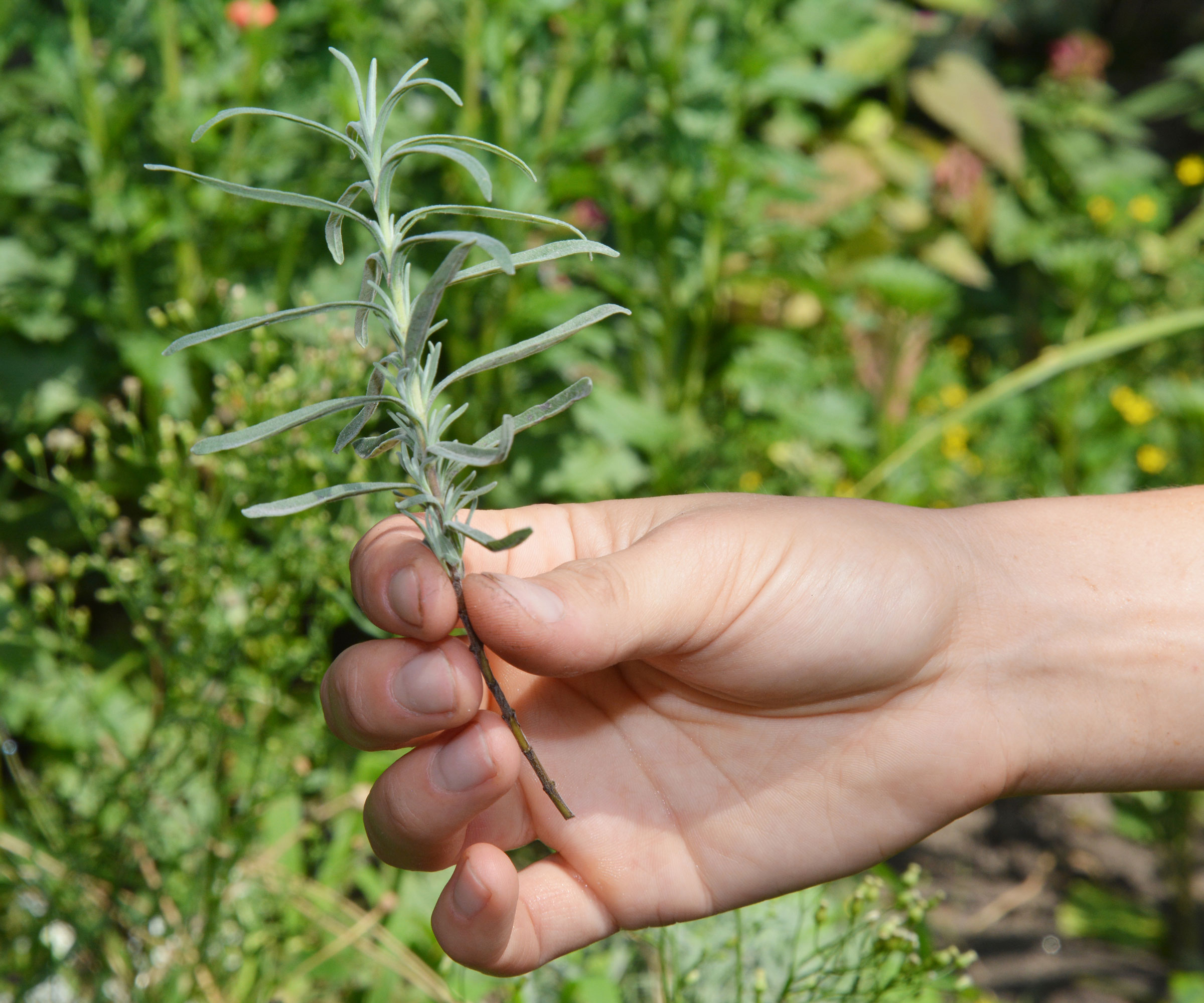
For anyone devoted to maintaining a healthy lavender, summer is a time for both maintaining existing plants and cultivating new growth. You should already be making time in high summer for pruning and deadheading lavender to ensure that plants are as healthy as possible ahead of the fall. Pruning gives you the perfect opportunity to factor in some lavender cuttings for new plants. These fragrant freebies make great additions for different parts of the garden, or to act as an insurance policy for tired-looking parent plants that might be past their bushy, scented best.
You can grow great plants from both softwood and semi-ripe cuttings, so lavender should be on everyone’s list of cuttings to take in July. Using a pair of sharp shears or snippers like Scotts All Purpose Serrated Shears from Amazon, select some prunings that are about six inches long (15cm) and non-flowering. Make sure you are cutting green and bendy cuttings from the part of the plant above the woody section, and remove any buds. Also remove all but three or four leaves near the top of each cutting.
Dip in some rooting hormone compound and then place your lavender in pots of coarse potting mix. Ideally, mix two parts potting mix to one part vermiculite, sand or perlite. Insert three or four cuttings into each small pot, checking that each insertion is secure but not forced in. Keep in a warm, bright location. Keep the soil just moist and wait four-six weeks for roots to take. Gently tug on cuttings for resistance, or wait for new growth, as signs that your cuttings have taken.
2. Geranium (Pelargonium)
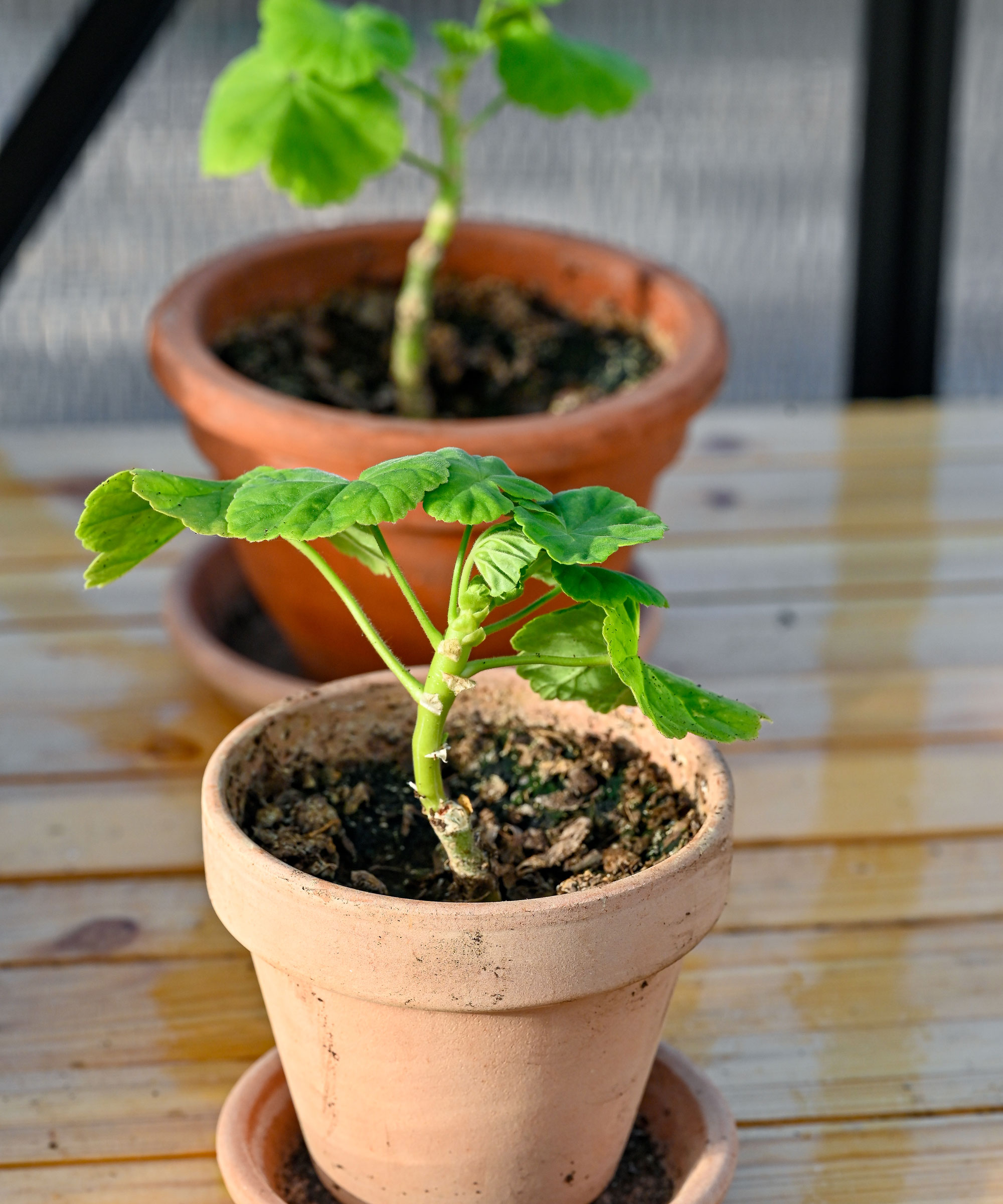
Geraniums (by which we mean pelargoniums, scented geraniums and bedding plants) are some of the most rewarding plants to cultivate from summer cuttings. They do some of their most vigorous growth during the summer months, and because of this, new growth is strong, vital and highly adaptable to cultivating as offshoots. If you are looking to root pelargoniums or bedding geraniums, take 4-6in (10-15cm) softwood cuttings from the parent plants of your choice, selecting only the healthiest, non-flowering stems and removing the lowest leaves.
Place individual geranium cuttings around the edge of a pot of well draining compost. Keep the compost moist but not waterlogged and place the pot in bright but not direct sunlight. It’s best not to add plastic with these cuttings, as it can increase the risk of mildew. Geranium cuttings can take up to two months to develop, but can root in as little as three weeks, depending on warmth, humidity levels, geranium variety and the health of the cuttings of the geraniums you are starting in pots. Keep young geraniums indoors through autumn and over winter and then place outside from spring to cultivate the most vibrant, vigorous geraniums.
3. Coleus
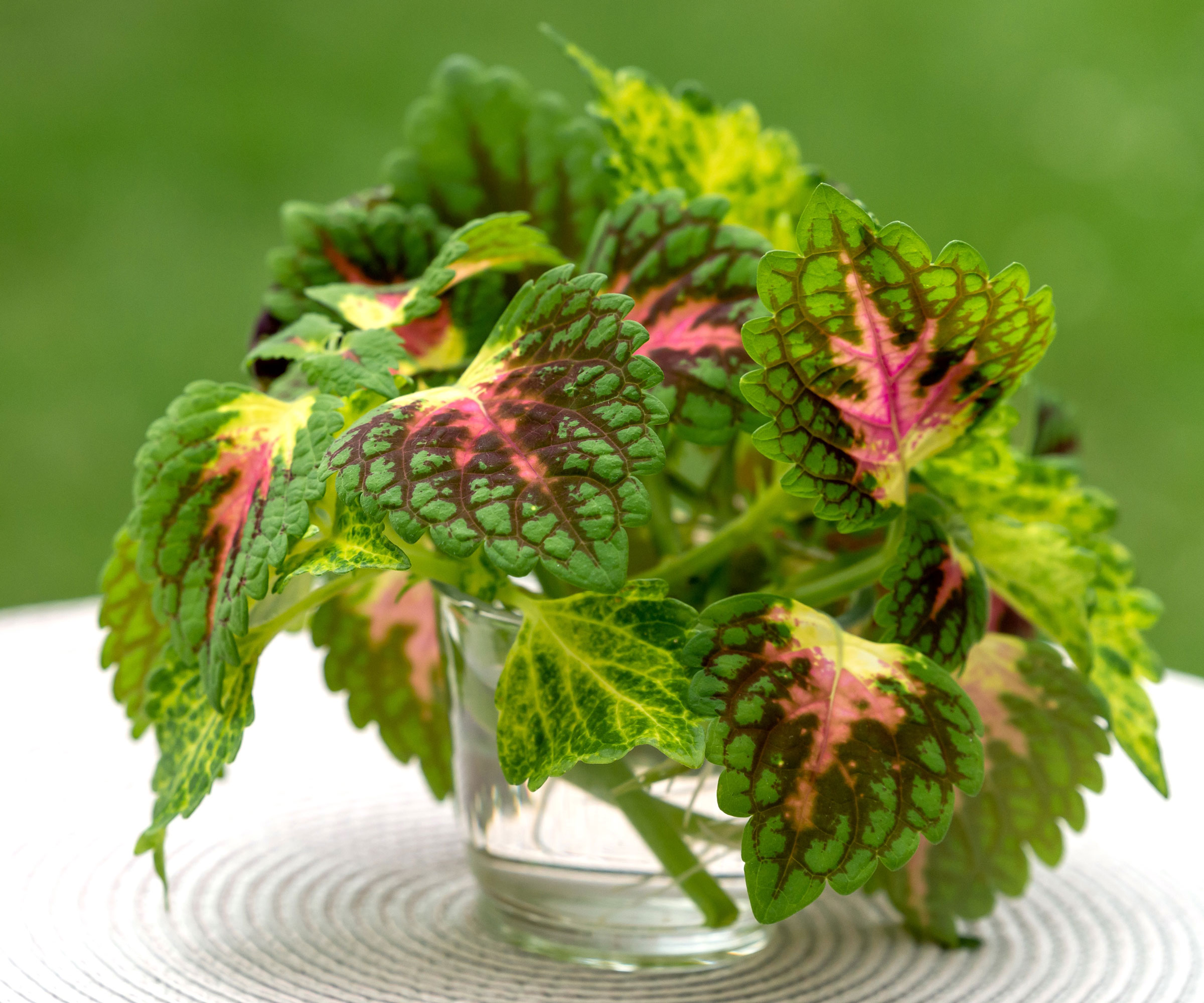
The easy flamboyant charms of your garden coleus are itching to be replicated ahead of next year – and it couldn’t be easier to take cuttings in summer. There’s so much bushy growth to go at, you’re sure to find a few obvious candidates for clipping. You can start off cuttings in water or compost, so why not try a few using both coleus propagation strategies?
Starting cuttings in water gives you the advantage that you can see the roots forming, which is useful if you haven’t done coleus cuttings before. Make sure individual cuttings are a few inches long and only have a few leaves near the tops. Place in water, and replenish the water every few days to prevent fungal infections. Make sure your cuttings aren’t placed in direct sunshine as this can also increase the chance of disease. You should see roots form within a couple of weeks. Once roots are a few inches long, you can pot them on.
If starting cuttings in compost, make sure the potting mix is blended with some vermiculite or sand to assist with drainage. If possible, check the potting mix has a pH of 6-7, so it is neutral or slightly acidic. Keep the compost moist but not waterlogged, and place where it will receive sunlight but not be scorched by direct glare. Strong roots should have developed in three weeks, at which point you can transfer to larger pots.
4. Verbena
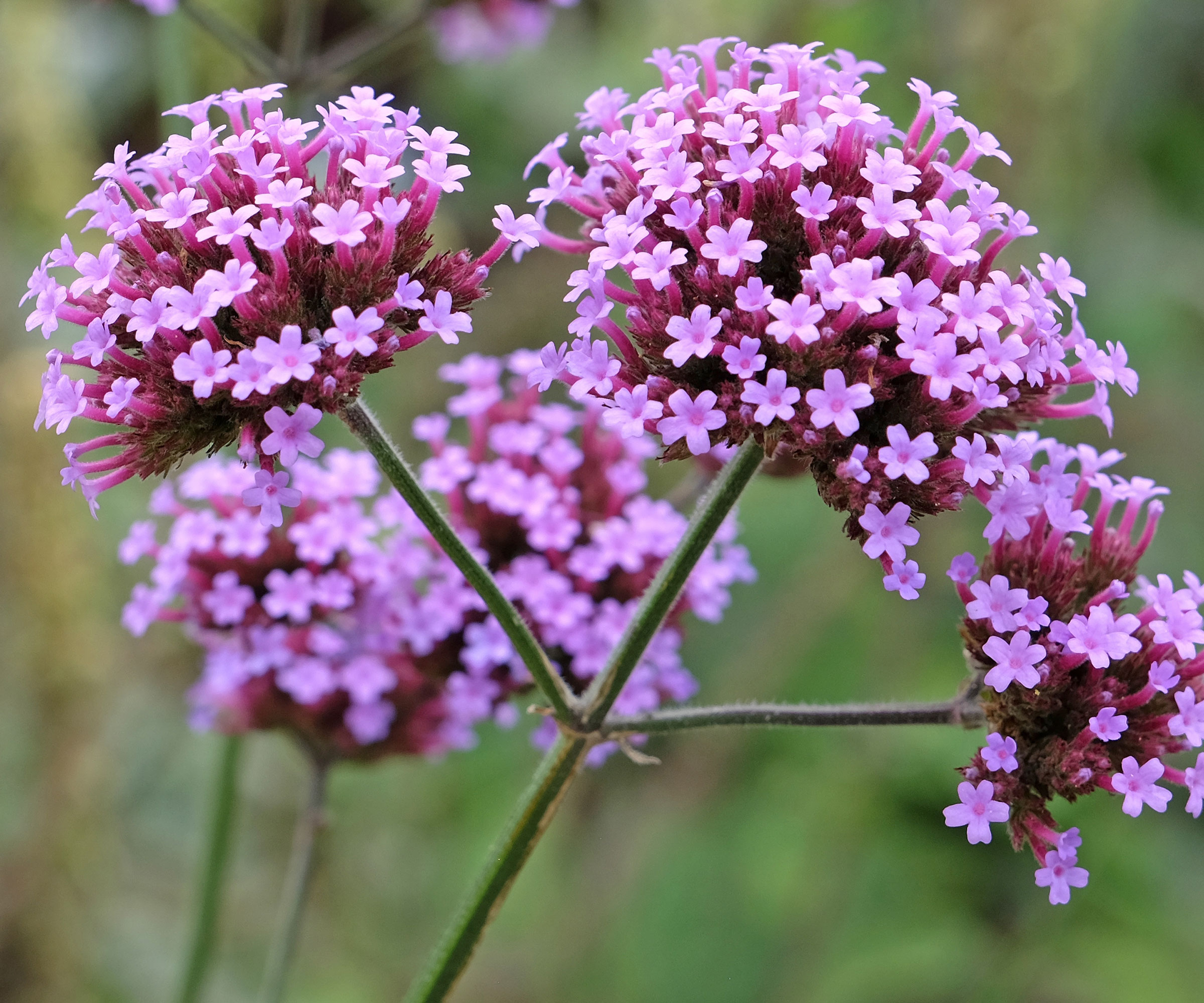
Verbena’s distinctive clouds of pinky purple color are instantly moreish. Yes, you can absolutely collect seeds from fading flowers to keep for next year – but if you don’t want to wait that long for your next fix, take softwood cuttings of verbena plants during July. It’s easy to propagate verbena as cuttings – snip sections of stem that are non flowering, positioning the blade directly above a node. Use a sharp, serrated blade with dedicated garden cutters like Miracle Gro’s All Purpose Garden Utility Serrated Shears from Amazon.
Remove the lower leaves from verbena cuttings so you can easily slide the stems into the potting mix. This mix should be grainy and coarse, so add some sand or vermiculite to assist with drainage. You may find it helps to cover the cuttings with a plastic bag to expedite the rooting process. When growing verbena plants from cuttings, you should see new growth inside a few weeks – a sign that the cuttings have rooted and are ready to pot on.
Sign up for the Gardening Know How newsletter today and receive a free copy of our e-book "How to Grow Delicious Tomatoes".
5. Clematis
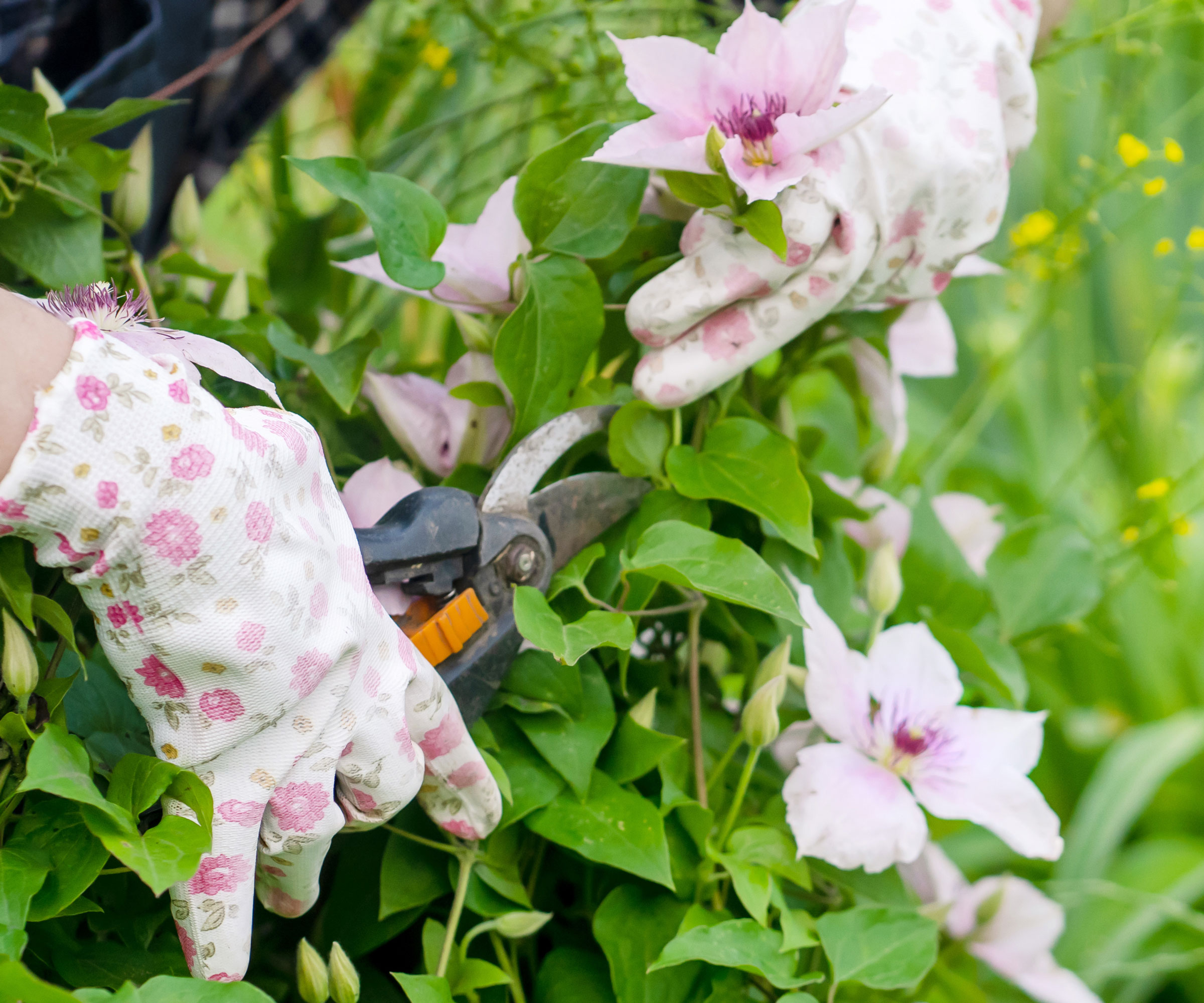
If you’ve been enjoying your clematis for the past few weeks but been snipping away at fading deadheads, July is a perfect opportunity to lob off a few choice stems for new plants. If you want to propagate clematis cuttings, group 1 types are particularly reliable for July cuttings, although other types can still be started as long as they are healthy – and most importantly, not part of an actively flowering stem. You need to use your judgment when choosing stems for these semi-ripe cuttings – they need to be bendy but also firm.
To ensure you are growing clematis plants from the healthiest cuttings, take cuts between two leaf joints, making each cutting 4in (10cm) long. Remove the lower leaves, then dip the stalks in rooting hormone. Place cuttings in pots of multipurpose compost that has been blended with a little horticultural grit or sand. You will need a bit of patience if starting young clematis plants this way as roots can take up to two months to develop, even when growing conditions are kept moist and warm.
6. Rosemary
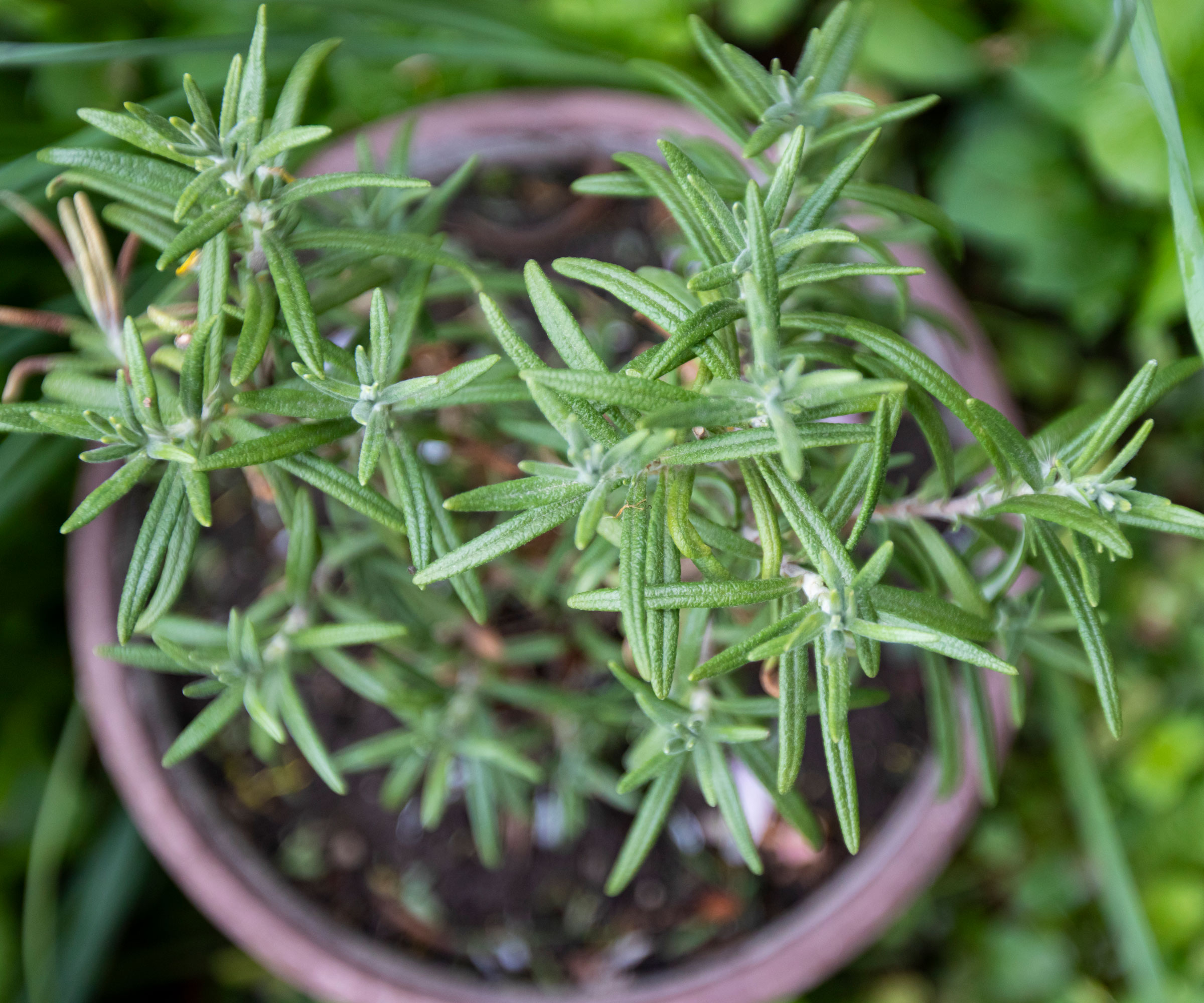
Although rosemary is one of our most popular garden herbs, it is also vulnerable to winter snaps, particularly in colder regions. So depending on your USDA region, it’s a good idea to start off some younger plants from cuttings, just in case. You can take softwood and semi-ripe cuttings during July. If you are already giving your rosemary plant a good prune, you can knock a few of the loose prunings into shape as long as they are healthy.
Once you have given these herbs a summer haircut, select a few prunings that are a few inches each in length. Remove all but the top few leaves from each cutting. Make sure you aren’t using any of the woody parts of the parent plant – stick to softer, pliable sections. Prepare some coarse potting mix, topped up with sand or an organic vermiculite like Back To The Roots Organic Vermiculite from Amazon to ensure ample drainage.
It’s best to start rosemary cuttings in compost or potting mix rather than in water – which is likely to result in fungal infections. Insert rosemary cuttings around the edge of your pots of grainy compost, then place in a sunny windowsill. Cuttings should take in a few weeks.
7. Hydrangea
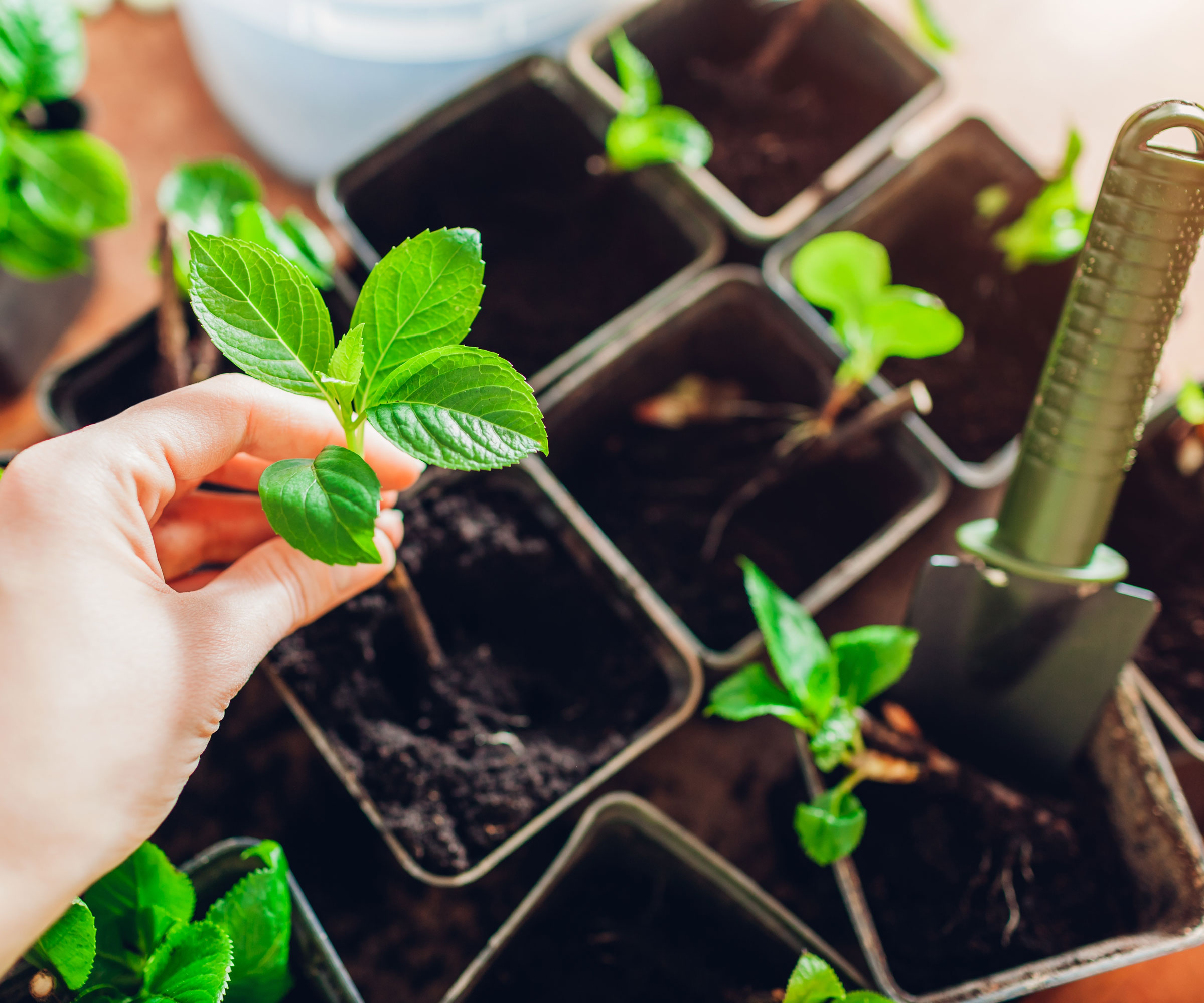
You can propagate most types of hydrangea during July, including lacecap, mophead, panicle, and climbing varieties. July is a great time to take semi ripe cuttings from stems where you can feel some flex if you apply pressure. Make your cut just below a plant node and remove all but the top three or four leaves from each hydrangea cutting.
Ideally, each hydrangea cutting needs to be a few inches long so you are able to slide at least half the length into the potting mix. As a general rule, it’s best to avoid flowering stems, since your first priority is that your cutting is able to develop a strong root. Since your semi-ripe cuttings will have relatively firm ends, it’s a good idea to dip them in a strong rooting compound such as Doff’s Natural Rooting Powder from Amazon.
Mix some coir or sand into your potting mix to help with drainage. Hydrangea cuttings need good humidity in the first few weeks to ensure successful rooting, so cover with a propagation lid or a plastic bag to promote root growth. Once roots develop, you can reduce humidity levels. Be patient when growing hydrangeas from cuttings, though, as it can take a few weeks for rooting to take place.
8. Passion Flower
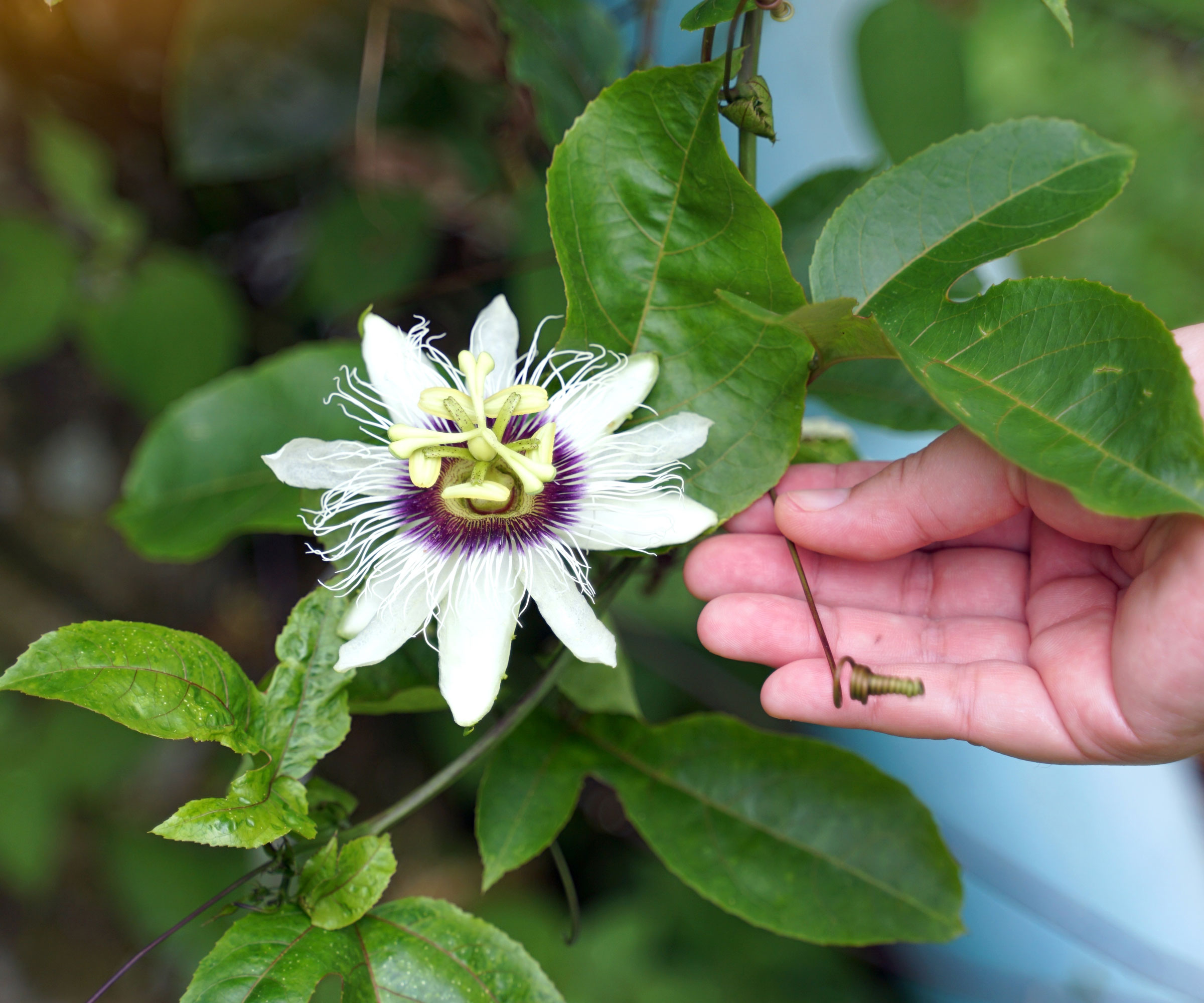
Softwood cuttings and semi-ripe cuttings are both options for gorgeous passion flower offshoots, which have a strong chance of taking if started off in July. When propagating passion flowers from cuttings, make sure your cuttings are both flexible and sturdy. Sometimes this does feel like searching for the Goldilocks ‘happy medium’ but ideally your cuttings do need to be both pliable and strong enough to hold a shape and reach sunlight as roots are developing.
For any passion flower cuttings you make, choose stems that are not flowering (or fruiting) and cut below a leaf node, removing the lower leaves. For the best passion flower care, choose cuttings that are 4-6in (10-15cm) long. Dip individual stems in a rooting hormone, whether that is powder or gel based. Make sure your potting mix is well draining, and add sharp sand or vermiculite to boost the coarseness of the mixture if need be.
Keep cuttings in clear plastic and maintain a warmth of 21°C (70°F) until the cuttings take. After a few weeks, tug on shoots to feel for resistance, at which point you can lower humidity levels. Don’t worry if it takes a few weeks. It’s not unheard of for healthy passion flower plants to develop from cuttings that take two months to start showing signs of growth.
This article features products available from third party vendors on the Gardening Know How Shop. Keep in mind that our plant inventory is limited - so if you’re thinking of purchasing, don’t wait!

Janey is a former assistant editor of the UK’s oldest gardening magazine, Amateur Gardening, where she worked for five years. For the last few years, she has also been writing and editing content for digital gardening brands GardeningEtc and Homes & Gardens. She’s taken part in a range of conservation and rewilding projects for the Royal Horticultural Society (RHS) and the British Trust for Conservation Volunteers (BTCV) as a way of exploring her horticultural horizons. She is currently undertaking her RHS Level 2 certificate in The Principles of Plant Growth and Development.
- Amy DraissDigital Community Manager